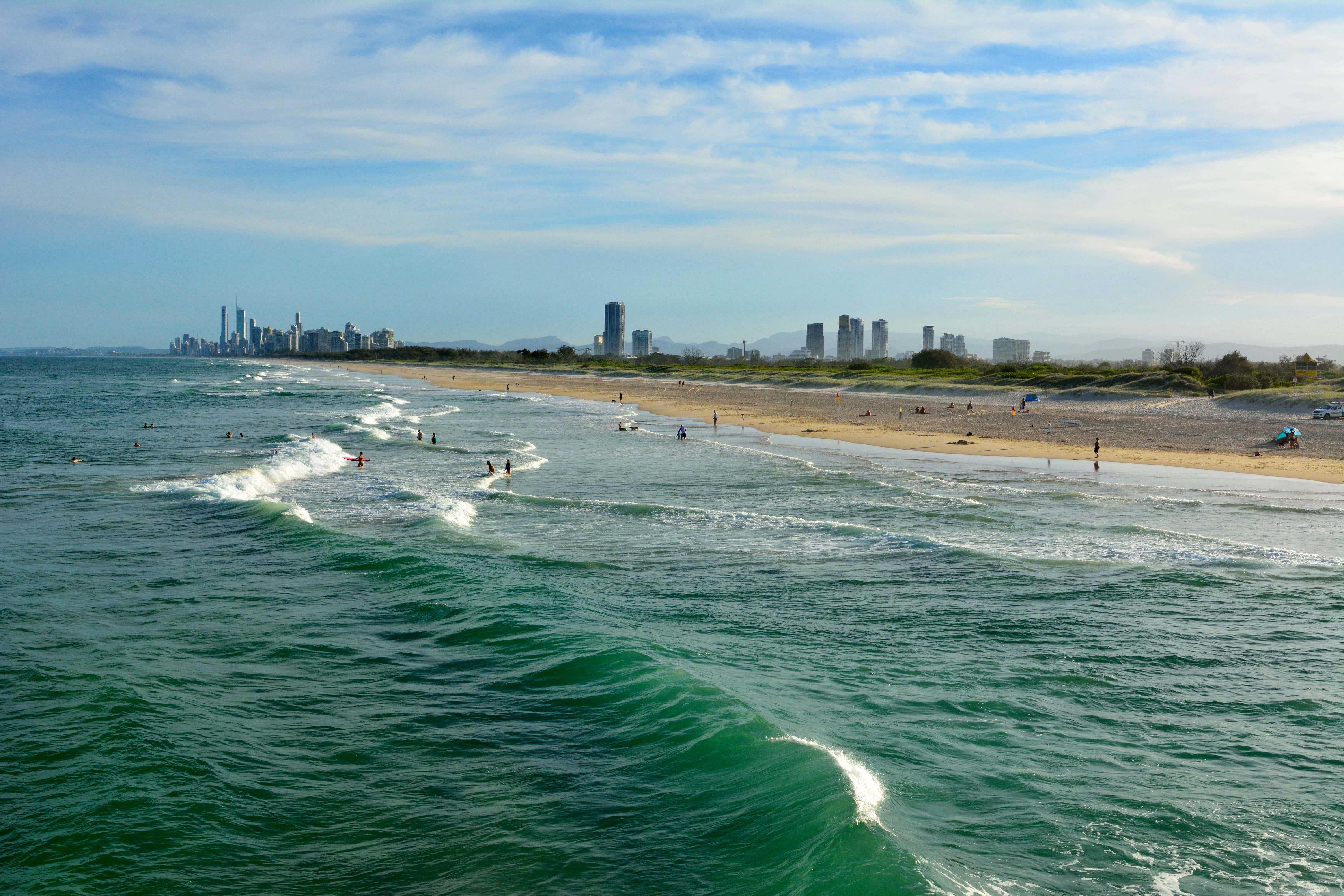Pilot in helicopter crash that killed British couple ‘had cocaine in his system’
Holidaymakers Ron Hughes and his wife Diane, from Neston, Cheshire, died in the collision between two sightseeing helicopters.

Your support helps us to tell the story
From reproductive rights to climate change to Big Tech, The Independent is on the ground when the story is developing. Whether it's investigating the financials of Elon Musk's pro-Trump PAC or producing our latest documentary, 'The A Word', which shines a light on the American women fighting for reproductive rights, we know how important it is to parse out the facts from the messaging.
At such a critical moment in US history, we need reporters on the ground. Your donation allows us to keep sending journalists to speak to both sides of the story.
The Independent is trusted by Americans across the entire political spectrum. And unlike many other quality news outlets, we choose not to lock Americans out of our reporting and analysis with paywalls. We believe quality journalism should be available to everyone, paid for by those who can afford it.
Your support makes all the difference.The pilot of a helicopter involved in a mid-air crash in Australia which left him, a British couple and another woman dead, had cocaine in his system, a report found.
Holidaymakers Ron Hughes, 65, and his wife Diane, 57, from Neston, Cheshire, died in the collision between two sightseeing helicopters at about 2pm local time on January 2 2023 in Main Beach, not far from Sea World in the state of Queensland.
The pilot, Ashley Jenkinson, 40, and three passengers died at the scene, including the couple from the UK and Vanessa Tadros, 36, from Glenmore Park, New South Wales, Australia.
A year on from the accident, the Australian Transport Safety Bureau (ATSB) released an interim report, noting a toxicology report for Mr Jenkinson, showing a positive result for low levels of cocaine metabolites.
However, the report concluded it was “unlikely” this would have impaired his flying ability.
Chief commissioner Angus Mitchell said: “A forensic pharmacologist engaged by the ATSB has stated that the very low concentrations of these metabolites suggest exposure was not likely to have occurred in the 24 hours prior to the accident, and it is unlikely there would have been impairment of the pilot’s psychomotor skills.
“It is important to note while this is a substantive and comprehensive interim report, the ATSB is yet to make formal findings as to the contributing factors that led to this accident as we are continuing our analysis of that evidence.”
In a statement reported by Australian media, Mr Jenkinson’s family welcomed the interim report but asked those who knew him to not let it “tarnish the memory” of the pilot.
They urged people to read the full report which found “multiple contributing factors to this terrible accident”.
The ATSB’s investigation also showed some passengers’ seatbelts were not fitted correctly, in part due to “interference from their lifejackets”.
Mr Mitchell said this was “not attributed to the tragic outcomes in this case”.
Two Eurocopter EC130 helicopters were being operated by Sea World Helicopters, a corporate entity separate from the theme park, on five-minute scenic flights, an earlier report found.
One helicopter with a pilot and five passengers on board was on approach to land at a helipad adjacent to the Sea World theme park.
The second, with a pilot and six passengers, had just left a separate but nearby helipad within the theme park when they collided.
Since the accident, Sea World Helicopters has implemented a new “pad boss” traffic advisory role, added air traffic systems to each of its helicopters’ avionic systems, increased communication protocols and taken steps to improve visibility.
The ATSB’s final report, which will include analysis, findings, and any recommended safety actions, will be completed later this year.